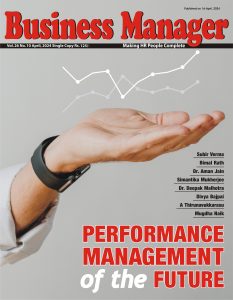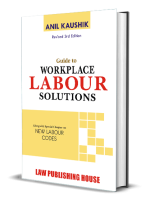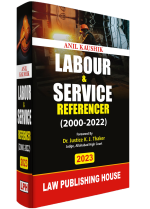April 14th was the fifth appearance of the Prime Minister on the national network on matters related to Covid-19. It confirmed the widely held assumption that the lockdown period would be extended. Following his usual pattern of such appearances, nothing that he outlined, in the road ahead, confirmed any of the prognosis which the media had been channelising as its own interpretation or pronouncements of some ‘page 3’ figures. Over half a dozen states had announced the lockdown till April 30th. He announced it as May 3rd. May 1st is the Labour Day, May 2nd is a Saturday and May 3rd is a Sunday. The lockdown period announced by the PM therefore ends as of now as on May 3rd midnight. There is a possibility of a review of sorts on April 20th by when this writing would not have been in the public domain. Hence, for the readers of these lines when it meets their eye, this text is at best a commentary on the work in progress.
One hopes that by the times these lines are read, there will be still further clarity on the focus of economic revival. As of now it, also, appears, rightly, to be focused on matter related to the managing of industries as feeders to check Covid-19. This includes production of testing equipment, personal protection equipment manufacture, progress on drugs which may reverse the progress (if not the onslaught) of the Covid-19 pandemic. Hydroxychloroquine is the front runner. It appears over 2000 proposals from Indian systems of medicine have been collated and have been shortlisted for testing their efficacy through the ICMR processes. The Prime Minister seems to believe that youth of institutions such as IITs may be able to contribute significantly to the anti-doting process. The tally of the progress in these directions can only come clearer with time. In the meantime, the possible economic package of the future is likely to include the efforts of the small and medium sector enterprises which can, also, assure proper social distancing on the shop floor.
The larger protocol of the operation of the restrictions has been outlined in the Ministry of Home Affairs Order dated 15.04.2020 with revised consolidated guidelines. These have been carried by some newspapers and circulated by some enterprising individuals.
How it pans itself out will certainly be clearer by the way they are interpreted and operated. At least one Bank in its wisdom had on April 7 issued a notice to those who had not operated their lockers to do so within a month of the date of the notice. They were asked by a customer why such a notice was issued during the lock down period when other financial wings/enterprises were extending time of compliance. The answer was simple “Because on April 7 lock down was coming to an end on April 14!” The Bank obviously worked on the belief that the lockdown would not be extended. That it meant cutting into the required 4-week notice seemed to be no bodies concern. This is the power of interpretation and operation at a grass root level. This is the power of administering regulations. Amen.
The real dangers of Covid-19, apart, ways of responding are only gradually emerging. This is inherent. The roll out of the regulatory processes, is, as of now, essentially, being administered at the operational level.
In the meanwhile, life continues to be stressed. The small percentage of the so-called smarter ones reportedly finds their way around town. They are a serious menace to the tolerance of significant inconveniences and the huge fortitude which the majority are displaying. What can be done about such people is not in the obvious domain.
In the meanwhile, the Prime Minister in his remarks extending the lockdown outlined the seven steps which he believes will serve as pillars to the way forward. It was an appropriate summing up of the bottom-line of the situation, including touching upon the care of the infirm and the other well-known principles of the lockdown. The addition of the ArogyaSetuApp, as of now, in the voluntary domain was a way forward.
How all this will affect business become clearer only with time!
Delhi-Gurgaon for example is an integrated economic unit in many senses of the word. This is to an extent, where even tolls have had to be abolished to enable unclogged movement of people and vehicles. Chandigarh-Mohali is a similar case. There are other instances. These integrated economic cusps are the bedrock of much commercial activity. One needs to look at the possible ways of unclogging it.
In times to come this may become a focussed area of concern. It may be worth mentioning that the real dangers of Covid-19, apart, ways of responding are only gradually emerging. This is inherent. The roll out of the regulatory processes, is, as of now, essentially, being administered at the operational level. The representative of the regulatory processes, who is in effective control, will need to be oriented further to handle the implications of his denials or approvals. This is a time consuming process. At the time of going to the press of these lines, the future possibilities from serious danger to, to resounding success of, the mission forward, are as open as the skies. We have to be very careful as we wait for the results to come in.




























